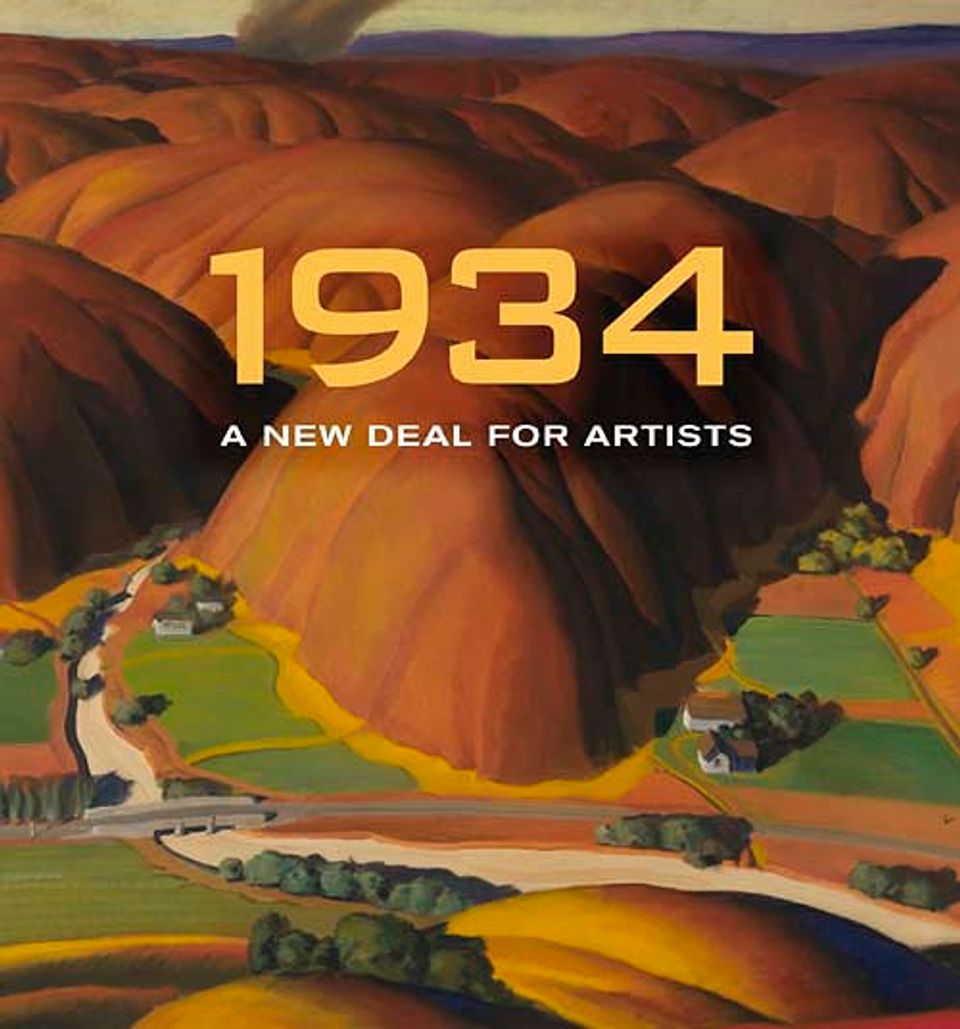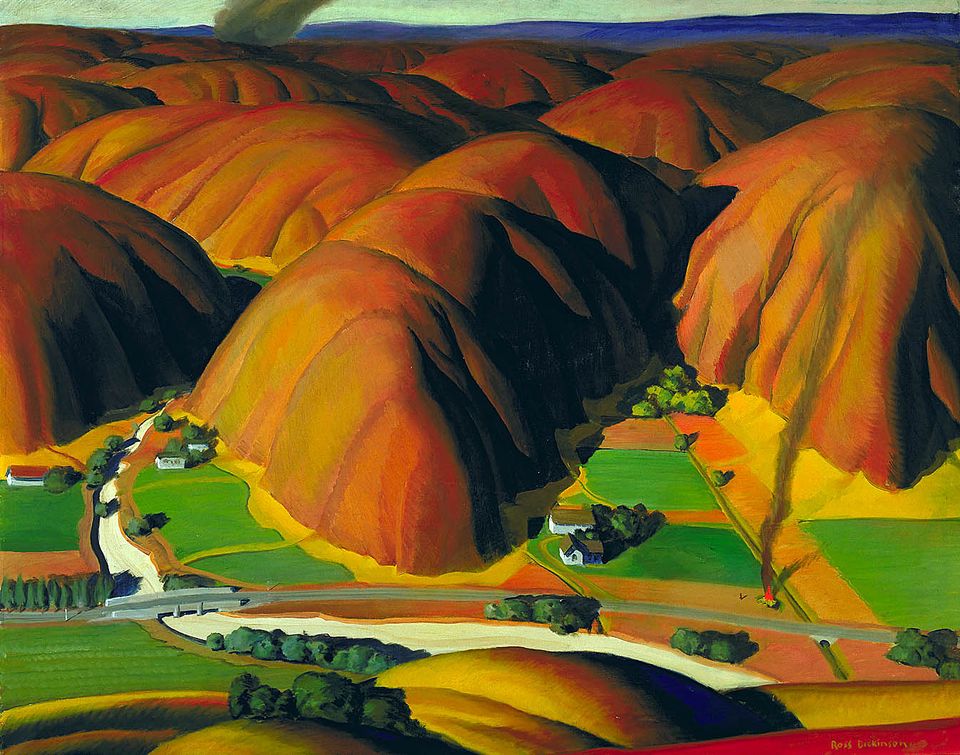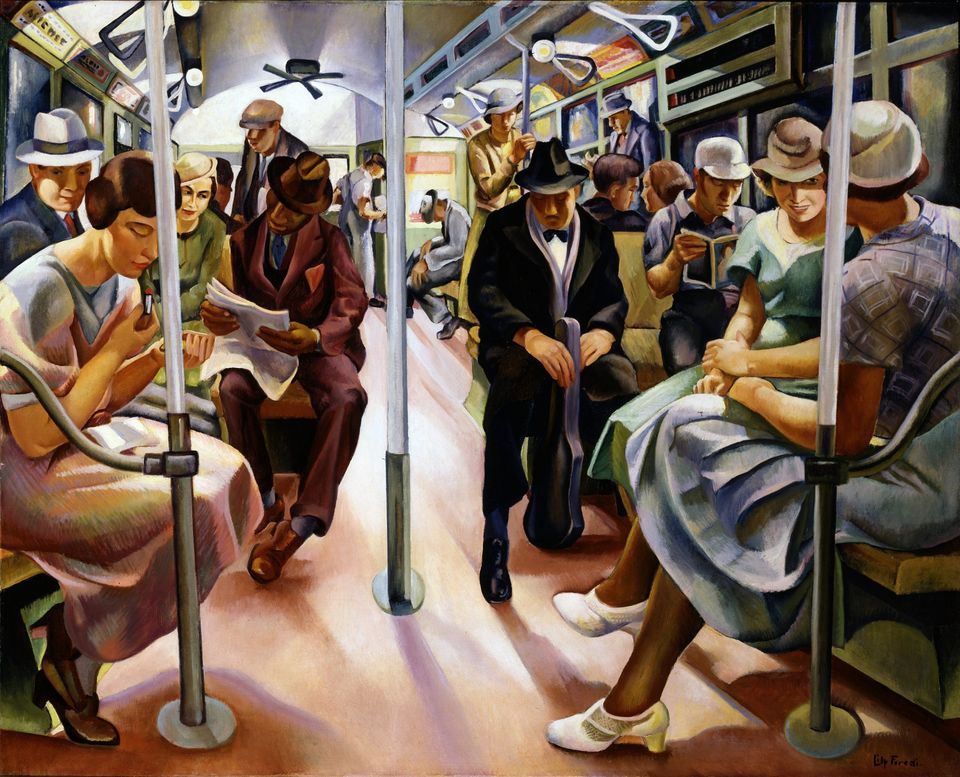
1934: A New Deal for Artists
During the Great Depression, president Franklin Delano Roosevelt promised a “new deal for the American people,” initiating government programs to foster economic recovery. Roosevelt’s pledge to help “the forgotten man” also embraced America’s artists. The Public Works of Art Project (PWAP) enlisted artists to capture “the American Scene” in works of art that would embellish public buildings across the country. Although it lasted less than one year, from December 1933 to June 1934, the PWAP provided employment for thousands of artists, giving them an important role in the country’s recovery. Their legacy, captured in more than fifteen thousand artworks, helped “the American Scene” become America seen.
1934: A New Deal for Artists examines more than fifty paintings in the collection of the Smithsonian American Art Museum created under the auspices of the Public Works of Art Project. With an introductory essay by Roger Kennedy, and individual entries written by Ann Wagner, the book celebrates the seventy-fifth anniversary of the PWAP and explores the thematic concerns and artistic styles of artists who, with the nation, endured economic uncertainty and saw the first major programs of their kind that introduced government patronage for art in the United States.
or write to PubOrd@si.edu
Product Details
- Co-Publisher
- Copublished with D. Giles Limited
- Year Published
- 2009
- Subjects
- Pages
- 156 pp.: ill. (55 color)
- ISBN
- Hardcover: 978-1-904832-67-6
- Dimensions
- 10 x 11 in.
















